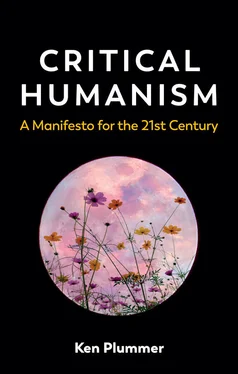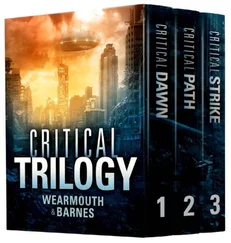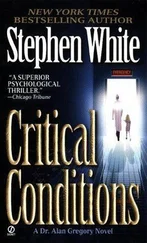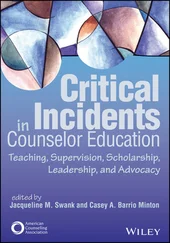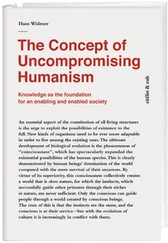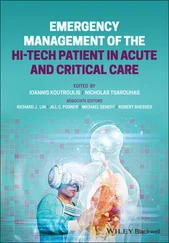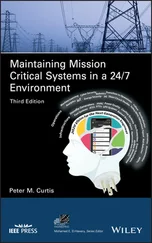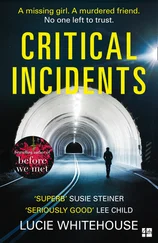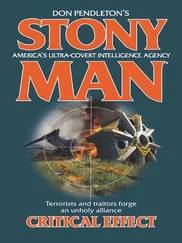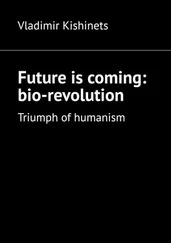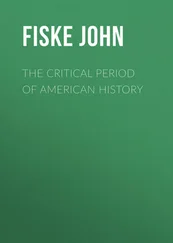Most versions of humanism, of which this is one, are ultimately engaged with a human search for meaning. They usually tell a specific story of what it means to be human. In the Renaissance and Enlightenment of the West, a strong and unified storyline emerged. Here I take the stance of a critical humanist who appreciates this, but immediately sees how damaging this idea has been for much of the wider pluriversal world. We have to move beyond this to see the very ideas of humanity and humanism as themselves fragile: multiple and shifting over lives, time and place. Different humanisms bring contested claims about what it means to be human. These change over history as different (usually powerful) groups make different claims. Critical humanism engages with (and tells the stories of) the perpetual narrative reconstructions and conflicts over what it means to be human. Ultimately it does this with the goal of building on these contested understandings to find pathways into better futures and worlds. Critical humanism is an emerging project to remake sense of all this. Even as it will raise many problems, it enables us to ask questions about what kind of human world we want to live in, what kind of person we want to be in that world, and how it needs to be transformed.
Box 0.1: Defining humanity
The languages of both humanism and humanity are contested and muddled. That said, in this book I use certain key words to mean certain things while certainly acknowledging all these words need debating. 7
The term human species ( homo sapiens ) is fairly straightforward. We are a biological species ( hominin ) and part of the evolutionary classification of domains of life. We make up about 0.01 per cent of life on earth, 8taking a small place in the grand encyclopaedia of living things. Humankind is a collective word to depict our bio-geo-historical existence.
The idea of human beings (or even persons ) 9builds on the above but suggests the ways in which we differ from other animals. These terms bring a range of descriptive formal properties open for discussion. This includes (i) we are embodied with feelings and elaborate brains and cognitions; (ii) we are animals aware of our vulnerability; (iii) we develop language, consciousness, symbolic communications, we tell stories and create selves; (iv) we live in worlds of values, becoming moral animals; (v) we are agentic animals who act in the world; (vi) we have emergent potentials, capacities, capabilities; and (vii) we are creative animals. We could add more. These are only formal features of being human. The controversies start when we talk about their substantive content . What kinds of bodies, selves, vulnerabilities, values, capabilities? Some ideas – rights, dignity, equalities – are perpetually controversial because they straddle the descriptive formal and the evaluative substantive.
Humanities refers to the study of all things human – especially its arts, literature, languages, music, poetics.
Humanity is a more recent and more muddled idea. It can be taken (i) as a collective descriptive word for the entirety of human life. But it can also suggest (ii) a collective evaluative word for human life, often implying those who show human sympathy with others. Often these two get muddled. (An emerging idea, (iii), is that we are actually all ‘little gods’, albeit little gods who shit! But we can leave that controversy to one side for the moment. See pp. 84–5.)
Finally, humanism itself has many meanings. Here I use it to signify all ideas that try to understand what it means to be human and to find ways of enhancing our being in the world.
The Book and Manifesto Ahead: A Politics of Humanity
I have written this book to help re-energize an interest in humanism. I examine how we are dehumanizing the world (through damage, division and atrocity) and how we might reconnect and humanize it (through narrative, values and creativity). I identify many humanist practices at work across the world, from dialogue and cosmopolitanism to creativity and ‘generational hope’, and aim to give them a rudimentary coherence. An opening section explains why I use the term ‘critical humanism’; I outline its key claims and challenges (as a project, an agenda, a narrative). The middle core of the book looks first at the failings of humanity and then goes in pursuit of its successes. The closing (and final) part makes a direct link to a politics and education of humanity, suggesting things that could be done to make a connective world for all. I illustrate the importance of cultivating a generational hope and building on a multiplicity of existing world projects that work to make the planet a better place for all.
This had to be a short book so there is much ground I have not covered. That said, there is a website ( kenplummer.com/criticalhumanism) with substantial guides to readings, websites and other material concerning critical humanism.
As I write, Covid-19 has arrived; wildlife is in serious decline; the world is literally and metaphorically ablaze. The global hazards so long predicted are becoming the stuff of everyday life. So much suffering in the world and the widespread failure of many key institutions. So much unnecessary suffering for so many, wrought often by so few. We could do so much better as a species. (And I could do so much better as a person.) Very many have had such thoughts before me. Why have we not put our enormous learning into better practice? I make the claim here that we need ‘humanity’ as a narrative to guide us, a literacy to learn with and a tool to act with. Human beings can be creative. They can create a common empathic and dialogic world of human connections. They can build a world that will flourish over the generations by creating strong, caring, just and loving institutions so we can live well, if fragilely, with each other and our differences. But still, I sometimes ask myself: am I just a foolish dreamer?
1 1 I have provided a short account of my illness in ‘My Multiple Sick Bodies: Symbolic Interactionism, Autoethnography and Embodiment’, in Bryan S. Turner, ed., Routledge Handbook of Body Studies (Routledge, 2012), pp. 75–93.
2 2 In a short space of time there has already been a mad rush of publications about Covid-19. Everything is in flux, but one early useful book is Fareed Zakaria, Ten Lessons for a Post-Pandemic World (Allen Lane, 2020).
3 3 See Zygmunt Bauman, Liquid Modernity (Polity, 2000). Bauman has written many works on this theme, including Liquid Love: On the Frailty of Human Bonds (Polity, 2003), Liquid Fear (Polity, 2006) and, with David Lyon, Liquid Surveillance: A Conversation (Polity, 2013).
4 4 I use the word ‘pluriverse’ a lot in this book and it may not be familiar. It has three genealogies. First, William James wrote of the plural experience and ‘the pluralistic universe’ (see A Pluralistic Universe, CreateSpace Publishing, 2015 [1909]). He suggested a world of human multiplicities. Second, the term ‘multiverse’ is used by physicists to claim that the universe is not one but multiple. And third, it has been used recently to capture diversity in world politics, developed in the works of Arturo Escobar in Pluriversal Politics: The Real and the Possible (Duke University Press, 2020). These are not incompatible. The challenge is to think in the local and specific diversity, to see worlds in the plural.
5 5 It is present in my Documents of Life: Introduction to the Problems and Literature of a Humanist Method (Allen & Unwin, 1983); but I make it much more apparent in the major revised second edition: Documents of Life-2: An Invitation to a Critical Humanism (Sage, 2001). I expand on it in several other works: for example, Cosmopolitan Sexualities: Hope and the Humanist Imagination (Polity, 2015), Narrative Power: The Struggle for Human Value (Polity, 2019) and ‘A Manifesto for a Critical Humanism in Sociology’, in Daniel Nehring, Sociology: An Introductory Textbook and Reader (Pearson Education, 2013), pp. 489–516.
Читать дальше
